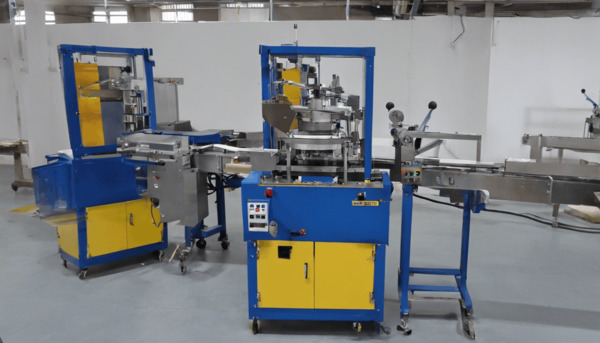
Understanding the Basics of Cashew Packaging for Export
Exporting cashews involves a series of steps that ensure the nuts are packaged in a way that maintains their quality and meets international standards. The process is not just about putting cashews into containers but also about understanding the requirements of the destination market, ensuring compliance with regulations, and maintaining the product’s integrity during transit.
Selecting the Right Packaging Material
The choice of packaging material is crucial for preserving the quality of cashews during export. Common materials include vacuum-sealed bags, tins, and cartons. Vacuum-sealed bags are popular because they remove air, which can cause oxidation and spoilage. Tins offer robust protection against physical damage and are often used for premium products. Cartons are generally used for bulk shipments and are often lined with polyethylene to provide a moisture barrier.
Ensuring Compliance with International Standards
Different countries have varying regulations regarding food imports. It’s essential to understand and comply with these standards to avoid shipment rejections. For instance, the European Union has stringent regulations on aflatoxin levels in nuts. Exporters must ensure that their cashews are tested and certified to meet these standards. Additionally, packaging must be labeled correctly with information such as the product name, net weight, origin, and expiry date.
Maintaining Quality During Transit
Cashews are sensitive to environmental conditions such as temperature and humidity. During transit, it’s crucial to maintain a stable environment to prevent spoilage. Using refrigerated containers can help control temperature, while desiccants can be added to packaging to absorb excess moisture. Proper stacking and handling procedures should also be followed to prevent physical damage to the cashews.
Sustainability Considerations
With growing awareness of environmental issues, many importers are looking for sustainable packaging solutions. This might involve using biodegradable materials or reducing packaging waste. Exporters should consider these trends and explore eco-friendly packaging options to meet the demands of environmentally conscious consumers.
Cost Management in Packaging
While quality and compliance are paramount, cost management is also a critical factor in packaging. Exporters need to balance the cost of packaging materials and logistics with the need to protect the product and meet market requirements. Bulk packaging can reduce costs, but it must not compromise the quality of the cashews. Efficient logistics planning can also help minimize costs associated with transportation and storage.
Conclusion
Packaging cashews for export is a complex process that requires careful consideration of materials, compliance, quality maintenance, sustainability, and cost. By understanding and addressing these factors, exporters can ensure that their cashews reach international markets in optimal condition, satisfying both regulatory requirements and consumer expectations.





